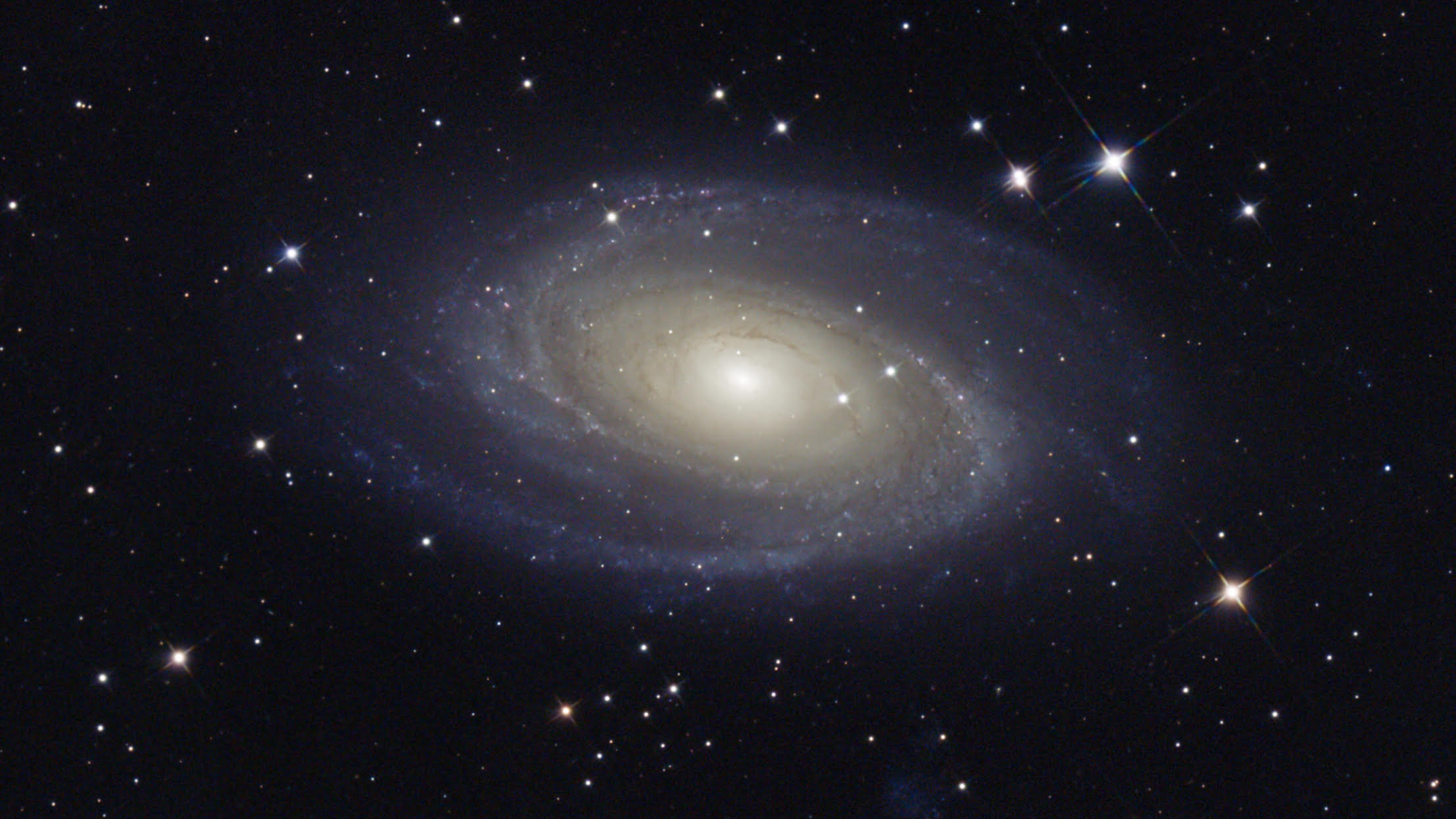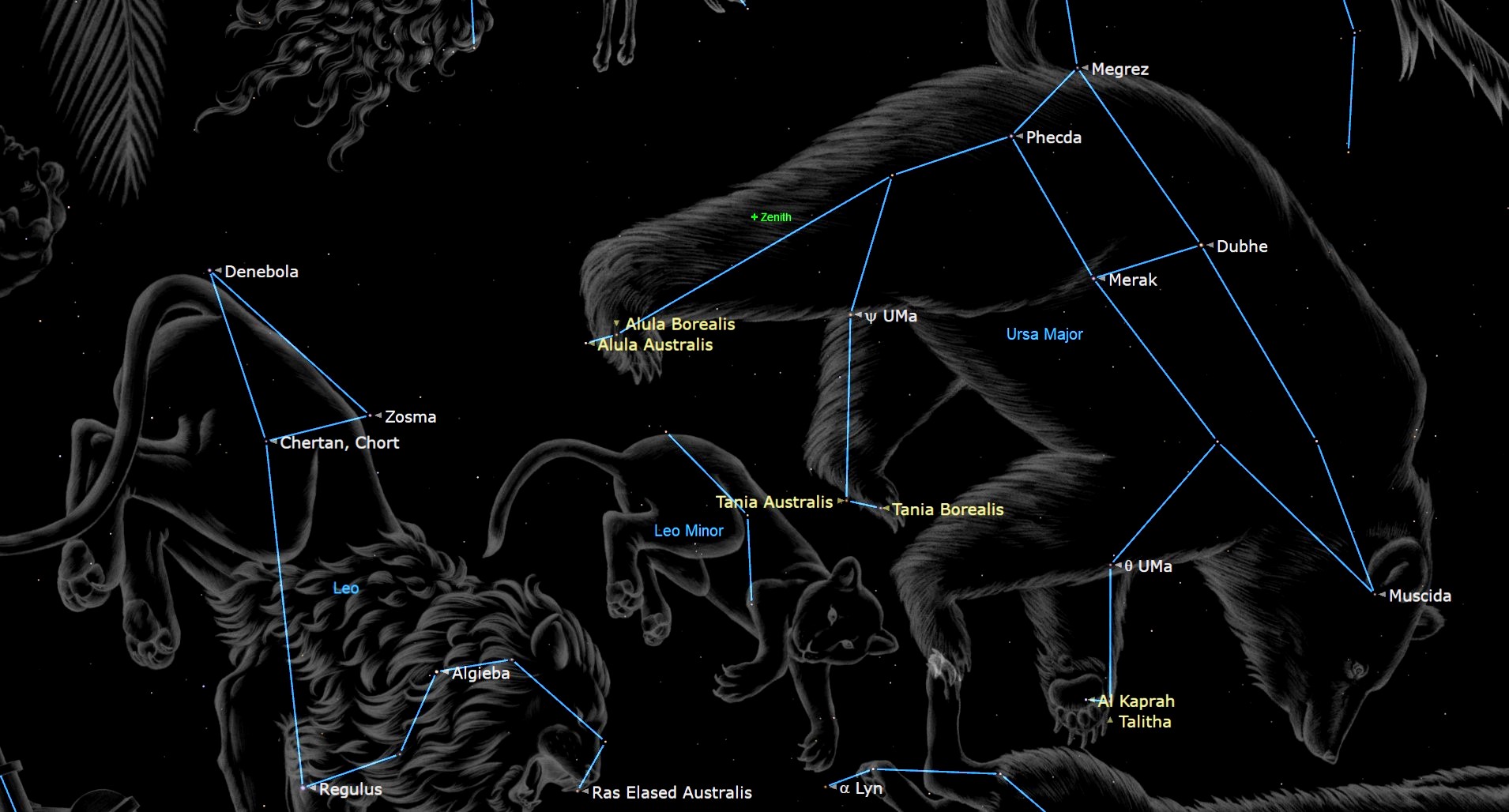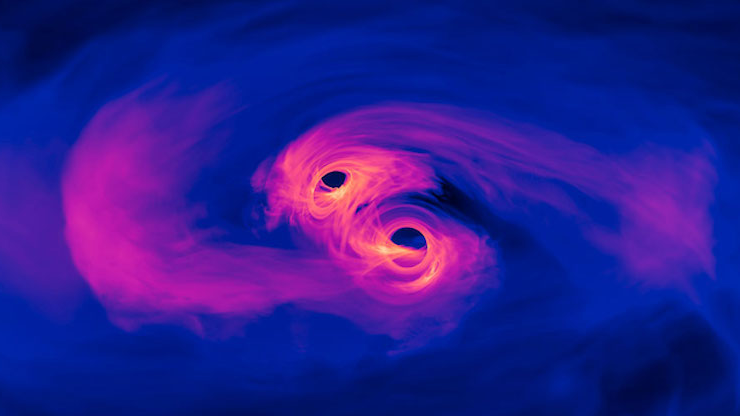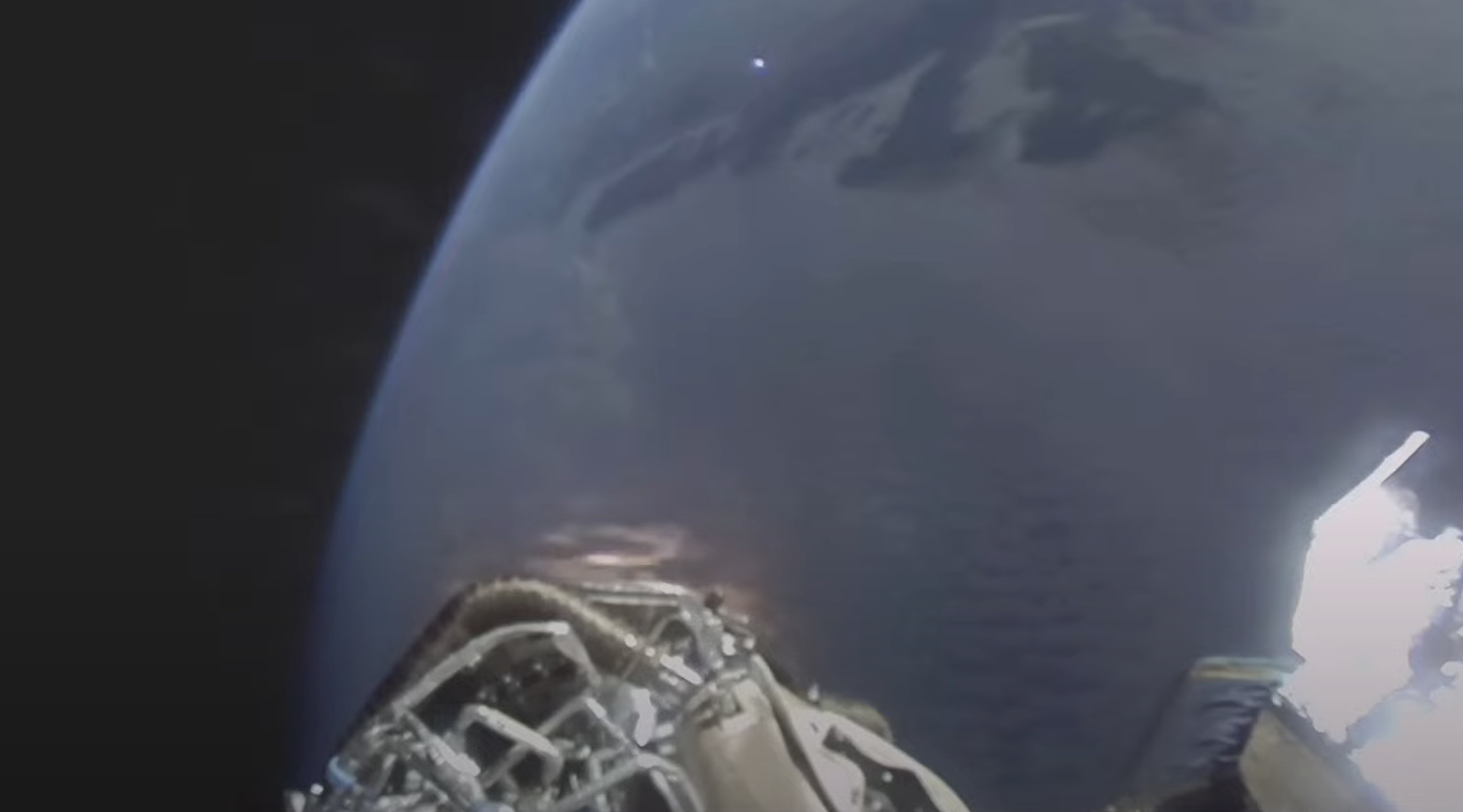Spectacular Clouds of Orion Hide Massive Star Nursery (Photos, Video)
Astronomers just uncovered the most detailed view yet of a massive stellar nursery, and the photos are absolutely stunning.
Pictured here is the Orion A molecular cloud, a dense region filled with cosmic gas and dust that tend to block the view of all the blooming baby stars that lie within. The cloud is located about 8 degrees south of Orion's sword in the constellation Orion the Hunter.
Using the Visible and Infrared Survey Telescope for Astronomy (VISTA) at the European Southern Observatory's (ESO) Cerro Paranal facilities in Chile, astronomers were able to see through the haze and identify nearly 800,000 celestial objects, including stars and protostars, the dusty disks of soon-to-be blazing balls of nuclear fusion. [The Splendor of the Orion Nebula (Photos)]

These new images are part of the Vienna Survey In Orion (VISION) sky survey, a project based at the University of Vienna in Austria. VISION seeks to map all of the star-forming clouds within 1,600 light-years of Earth that are visible from the Southern Hemisphere. You can explore the image in an interactive app on the VISION website.
By detecting light in infrared and near-infrared wavelengths, VISTA and other infrared telescopes can "see" things in space that are otherwise invisible to the human eye and other optical telescopes. Not all of the objects in this survey were new discoveries, but the researchers did identify five new protostar candidates — freshly forming stars-to-be — in the stellar nursery. Several potential new galaxy clusters were also spotted in the region.
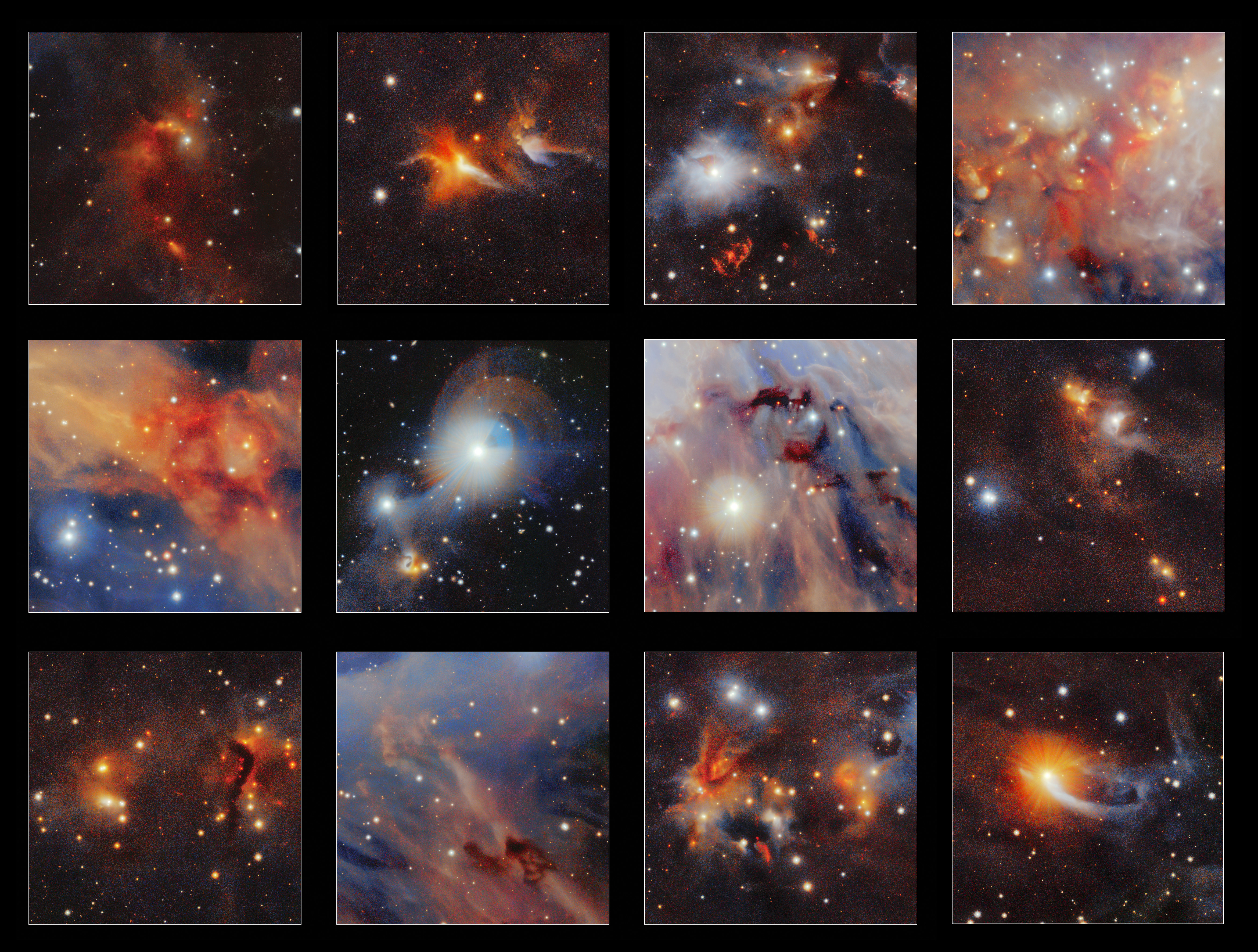
"This represents better depth and coverage than any other survey of this region to date," ESO officials said in a statement. Previous near-infrared surveys of Orion A "are limited in their depth and sensitivity, and/or only cover a fraction of the entire molecular cloud," the study's authors wrote in their research paper, which was published today (Jan. 4) in the journal Astronomy & Astrophysics.
Email Hanneke Weitering at hweitering@space.com or follow her @hannekescience. Follow us @Spacedotcom, Facebook and Google+. Original article on Space.com.
Get the Space.com Newsletter
Breaking space news, the latest updates on rocket launches, skywatching events and more!
Join our Space Forums to keep talking space on the latest missions, night sky and more! And if you have a news tip, correction or comment, let us know at: community@space.com.

Hanneke Weitering is a multimedia journalist in the Pacific Northwest reporting on the future of aviation at FutureFlight.aero and Aviation International News and was previously the Editor for Spaceflight and Astronomy news here at Space.com. As an editor with over 10 years of experience in science journalism she has previously written for Scholastic Classroom Magazines, MedPage Today and The Joint Institute for Computational Sciences at Oak Ridge National Laboratory. After studying physics at the University of Tennessee in her hometown of Knoxville, she earned her graduate degree in Science, Health and Environmental Reporting (SHERP) from New York University. Hanneke joined the Space.com team in 2016 as a staff writer and producer, covering topics including spaceflight and astronomy. She currently lives in Seattle, home of the Space Needle, with her cat and two snakes. In her spare time, Hanneke enjoys exploring the Rocky Mountains, basking in nature and looking for dark skies to gaze at the cosmos.
